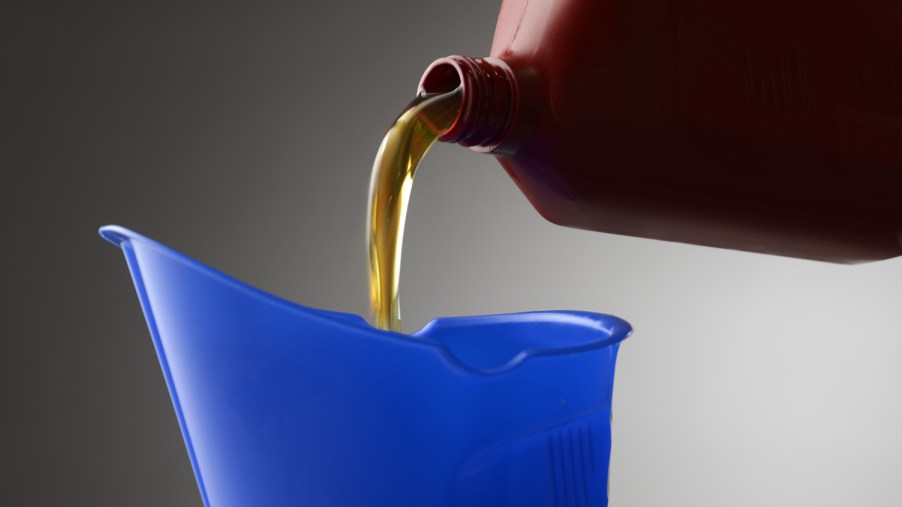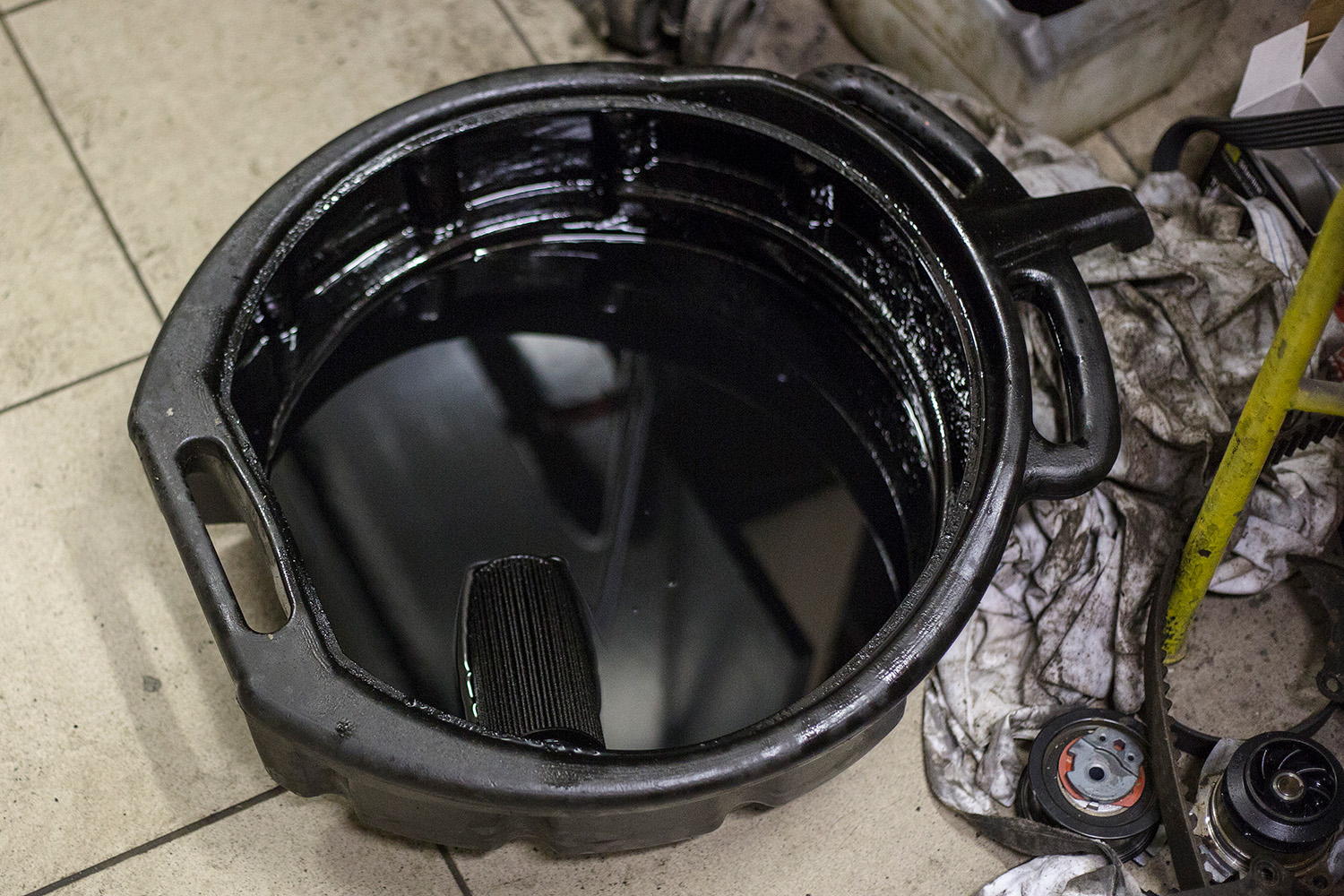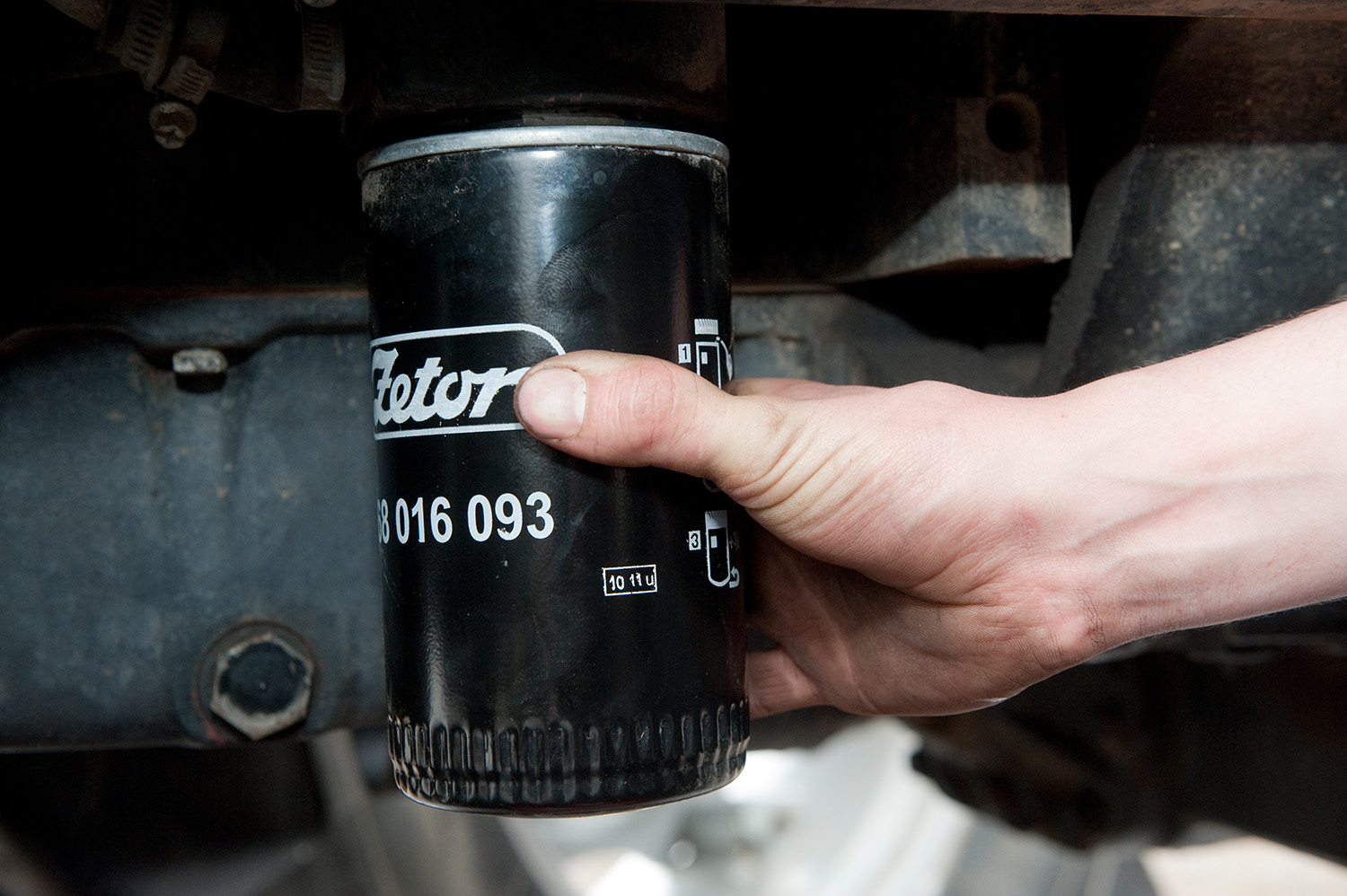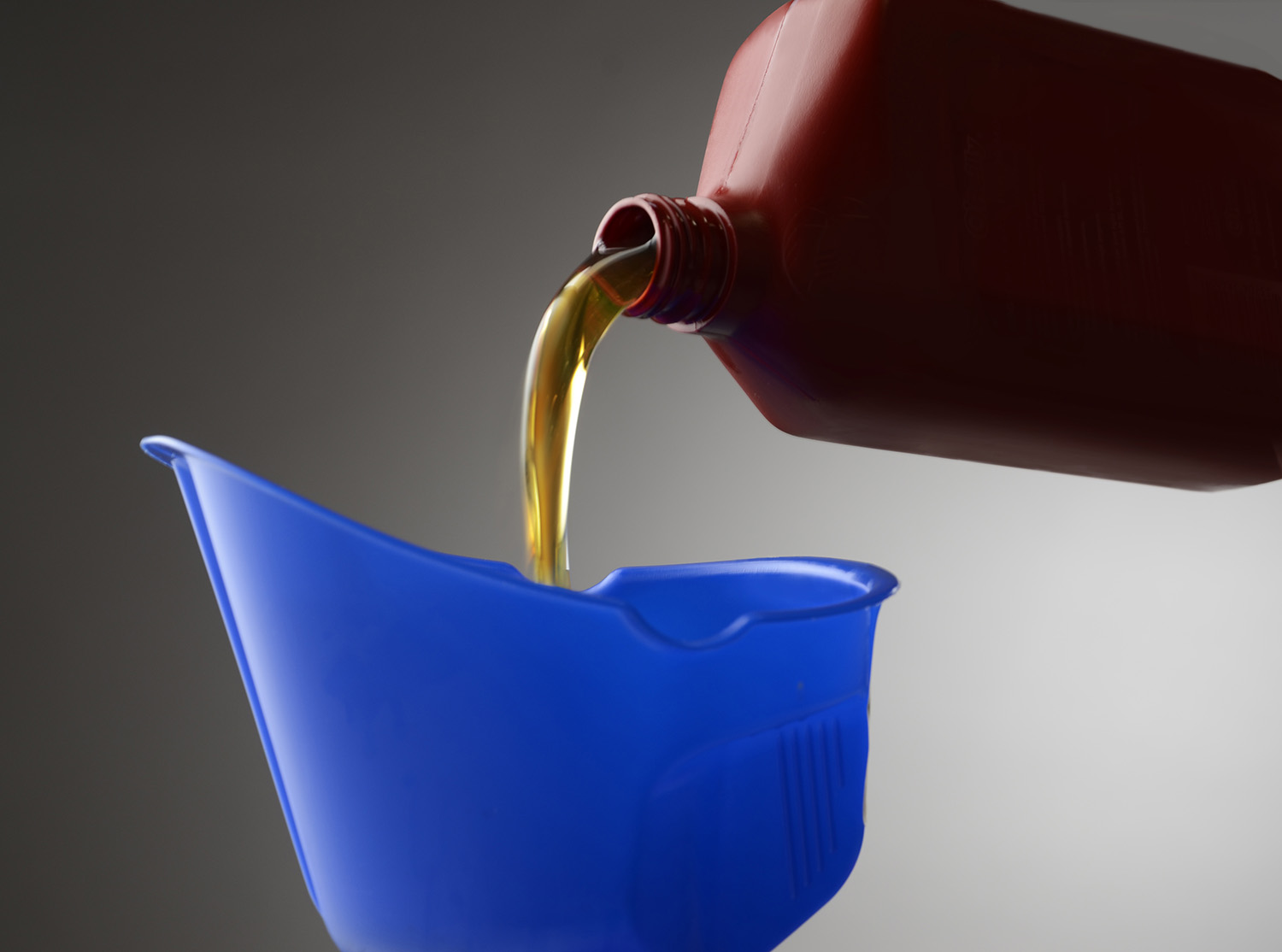
Oil Change Odds and Ends: Tips to Change Your Oil Like a Pro
Whether it’s your first time or thousandth time performing the basic maintenance task of an oil change, there’s always something to learn. Though it’s a pretty straightforward process, there are some tips and tools that will help you make this quick job even quicker. Furthermore, they can help you avoid making it harder on yourself the next time around. Here are some awesome tips for the perfect oil change from NAPA auto parts!
Drain your oil at the right temperature and into the right container

Getting burned is never a fun experience. However, most folks know that you should ideally change your oil while it’s warm. The hotter oil gets, the more viscous it becomes. So, hot oil drains faster and more completely than cold oil. Of course, you don’t want it to be too hot, either.
Ideally, your oil should be around 100 degrees when you drain it. So, if your engine is cold, start it and allow the oil to circulate for a few minutes to get it up to temperature. On the contrary, if your car is fresh off being driven, allow it to cool for 20-30 minutes before draining.
Once you’re ready to drain the oil, having a proper oil pan can be a lifesaver. A closed oil pan with a drain is highly recommended. The oil pan being closed makes longer-term storage easier if necessary. Furthermore, it allows you to transport oil directly in the drain pan to properly dispose of it. Finally, having an oil pan with a proper drain makes pouring it into different containers or recycling centers a breeze.
After draining, replace the oil drain plug. It’s a good idea to replace the washer or seal that goes around it, too. Another helpful tip is to use a torque wrench to ensure that the drain bolt is tight.
Now that your oil is removed, let’s move on to tips about what can often be the most cumbersome part of an oil change; the oil filter.
Oil filter removal and installation

Knowing that an oil filter is supposed to be tightened by hand can be a bit annoying when you’re trying to remove one. However, they can be quite a bear to remove. Sometimes you’ll see people resorting to smashing a screwdriver through them to get enough torque for removal. There is, however, an easier way.
Even if you’ve never struggled with removing an oil filter before, you should get a strap wrench. It’s a cheap tool that can save a ton of time and frustration when it comes time to change the oil. Additionally, it makes it a bit easier to remove some oil filters that are a bit cumbersome to get to.
Once the filter is removed, it’s time to install the new one. This is where differing opinions can get a little crazy. Many people argue that putting oil on the oil filter gasket is or isn’t necessary. Whichever stance you take on that argument is fine. However, oiling the gasket doesn’t hurt anything, so it’s just best practice to go ahead and do it. After all, if it is in fact beneficial, then that’s great! If it doesn’t matter as some people think, then there’s no downside. It’s a win-win!
Fill your engine with the proper oil

Be sure you’re using the proper oil and weight for your car. Some cars require full synthetic, while others don’t. Additionally, some cars require extra thin oil and some require extra thick oil. In general, most modern cars will tell you the required oil weight on the oil cap.
Once you’re certain you’ve got the right oil, it’s time to pour it in. In general, a funnel is a good idea. To further help prevent spills, turn the oil jug on its side and pour with the bottle flat. This allows air to smoothly flow in over the top of the oil exiting, allowing a smooth flow and preventing any “glugging” that can splash oil all over your engine.
Finally, never trust that you’ve poured enough just based on what the bottle says. Always double-check your engine’s dipstick to ensure your car is properly filled.
With these steps in mind, you’ll be changing your oil like a pro in no time. Best of all, you’ll be doing it quickly and efficiently!



